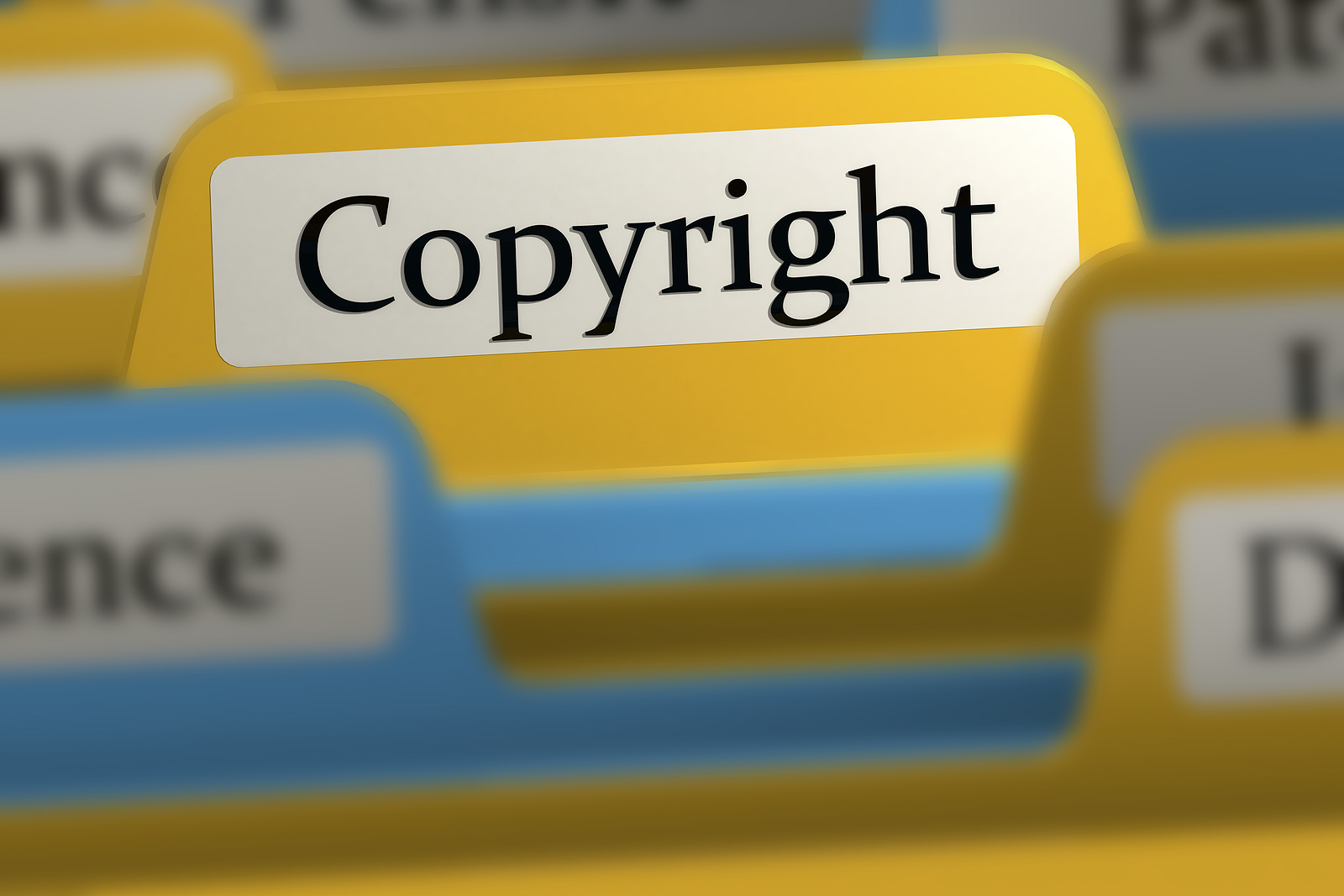Understanding Copyright: Using Images in Your Content Marketing

Hopefully, you’re viewing this companion blog after reading the main one, Plagiarism and Copyright Issues in Your Marketing. This is some content we didn’t have enough time to go into over there but is a great resource when you are looking for images and want to know about your options. As we mentioned in the other blog, you can’t just Google images and pull down the first one you see. But, if you know a bit about where to do and what to look for, you can find images for free, for the right price, and exactly what you need for your marketing.
Understanding Copyrighted Images
Copyright law is not a simple matter (and we’re certainly not in the habit of giving legal advice), but there are several categories that images, photos, and videos fall under:
- Copyrighted or Trademarked: As a legal protection that safeguards original works of authorship (written, photographed, etc.). Generally speaking, professional individuals and businesses register their work after creation, creating a public record and making it easier to bring infringement claims. Using such works without permission is unlawful.
- Public Domain: Copyrights don’t last forever. When they expire, this media enters the public domain, which allows free use of it. You can find various collections online, including from the Library of Congress. Always make sure to double-check your source.
- GNU & Creative Commons: Among free copyright licenses, there are “free and open” copyright licenses that allow anyone to use said works. They come in a wide array of versions, some of which require attribution, non-commercial use, etc., though the GNU and Creative Commons are the most used. There’s a good chart of the various kinds and your requirements on the Wikimedia website.
- Fair Use: As mentioned in the social media section above, there are fair use options when it comes to copyrighted media as well. Fair use has to meet certain requirements (non-profit/education, transformative, and informative), which rarely include use by a for-profit business.
- Purchased: If you use a lot of media for your work (a marketing agency, for example), your best option is often to buy licenses to use images. Most often, this is in the form of stock photography sites—which have a broad if sometimes colorful array of images—but also individual licensing deals exist.
- Self-Made: Of course, investing in your own photography and images may save you in the long run, especially if you want to highlight staff, processes, services, and products. Getting professional photography is your best option, but there are always DIY photo hacks.
Just as you’ve got to avoid images you don’t have the right to, you need to avoid sinking your most important resources of time, money, and expertise into your marketing. Vision Advertising can help you do the most with your marketing, from purchasing licensed media to coming over for a photography session and then using that content in marketing on social media, blogs, and more. Contact us today to learn more and to schedule a consultation.
